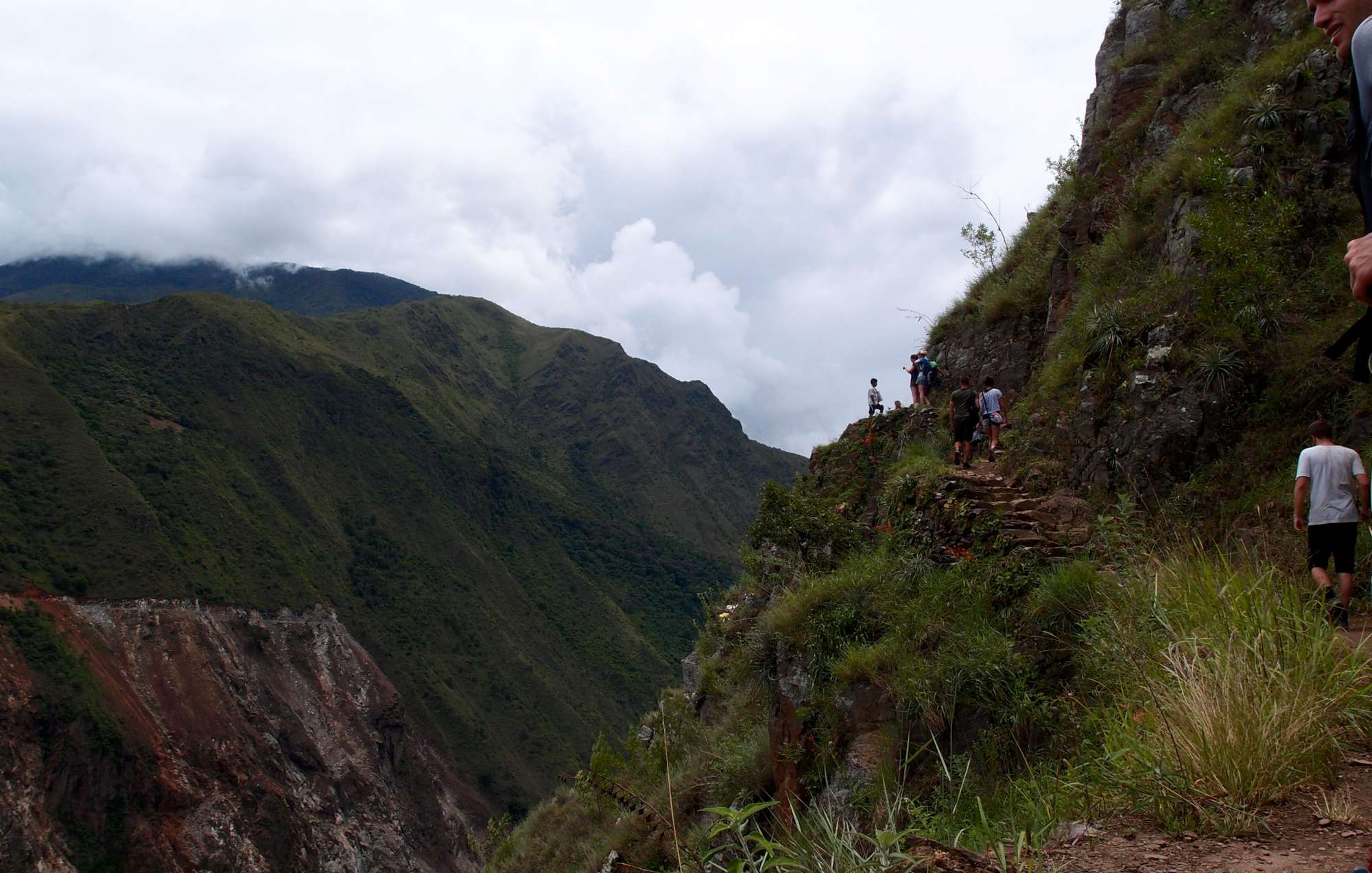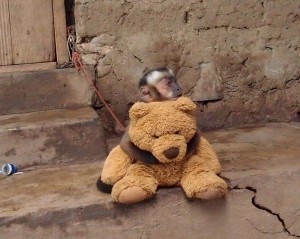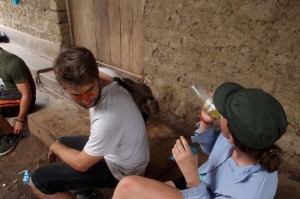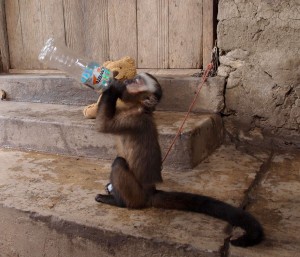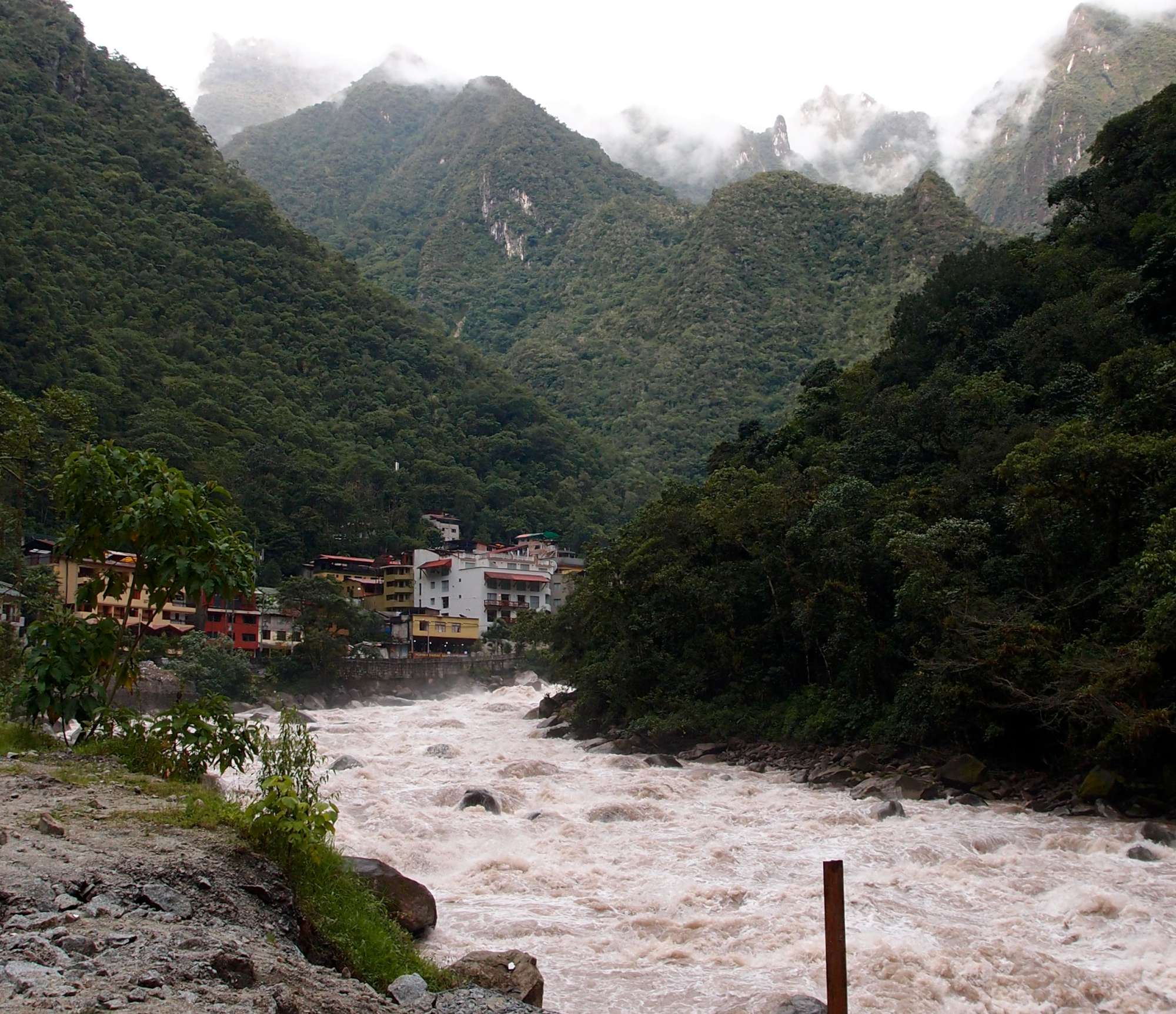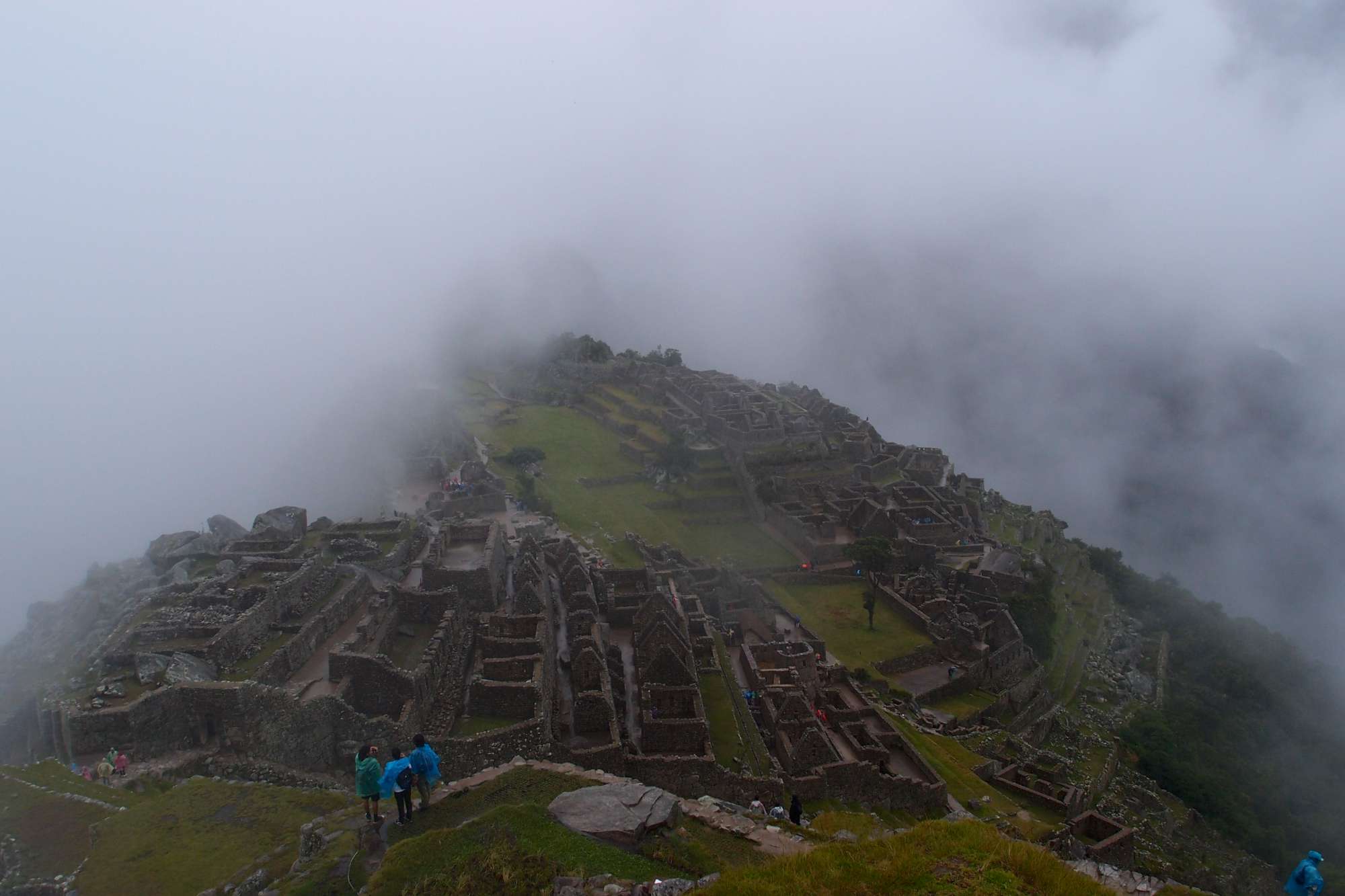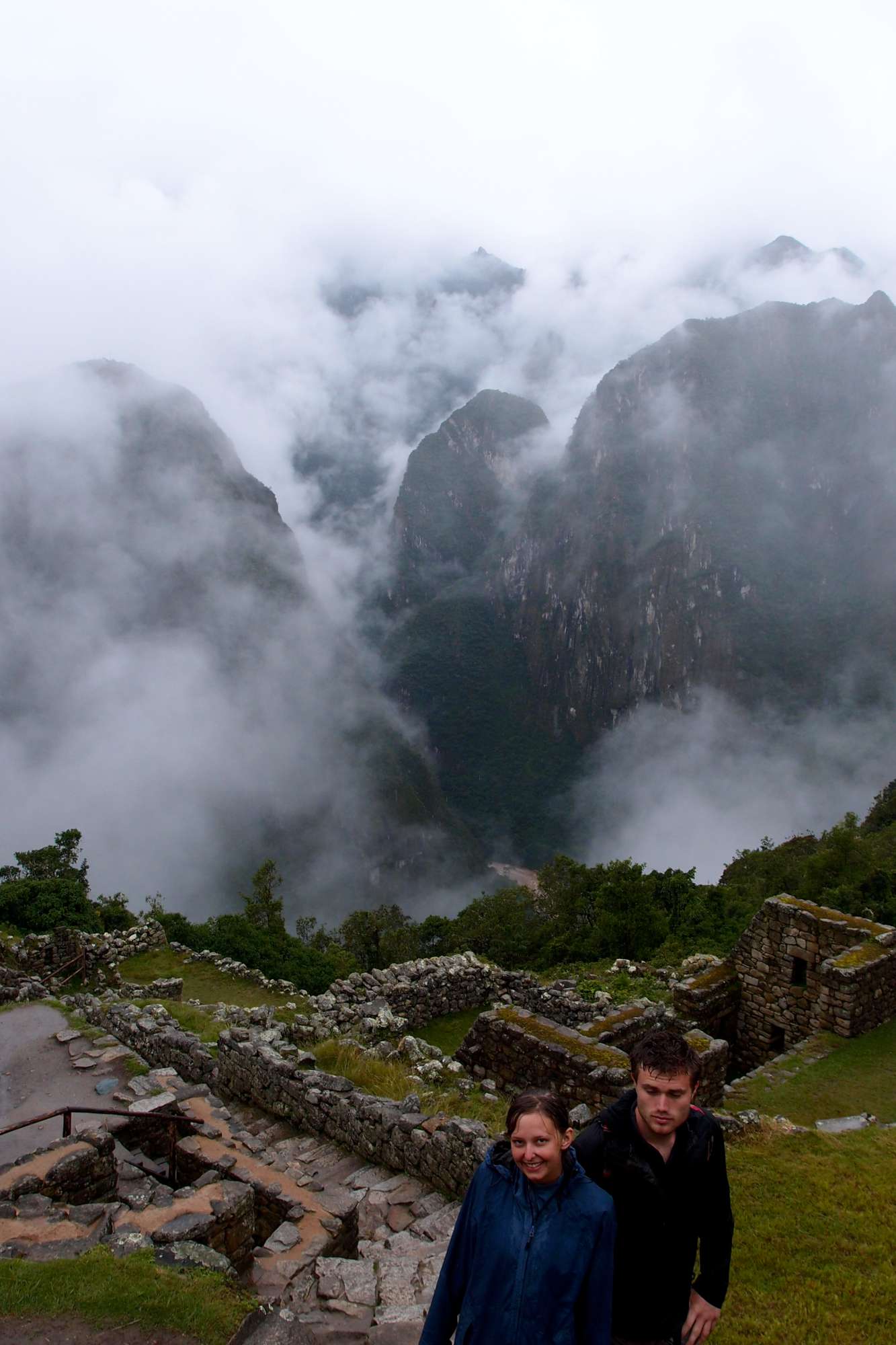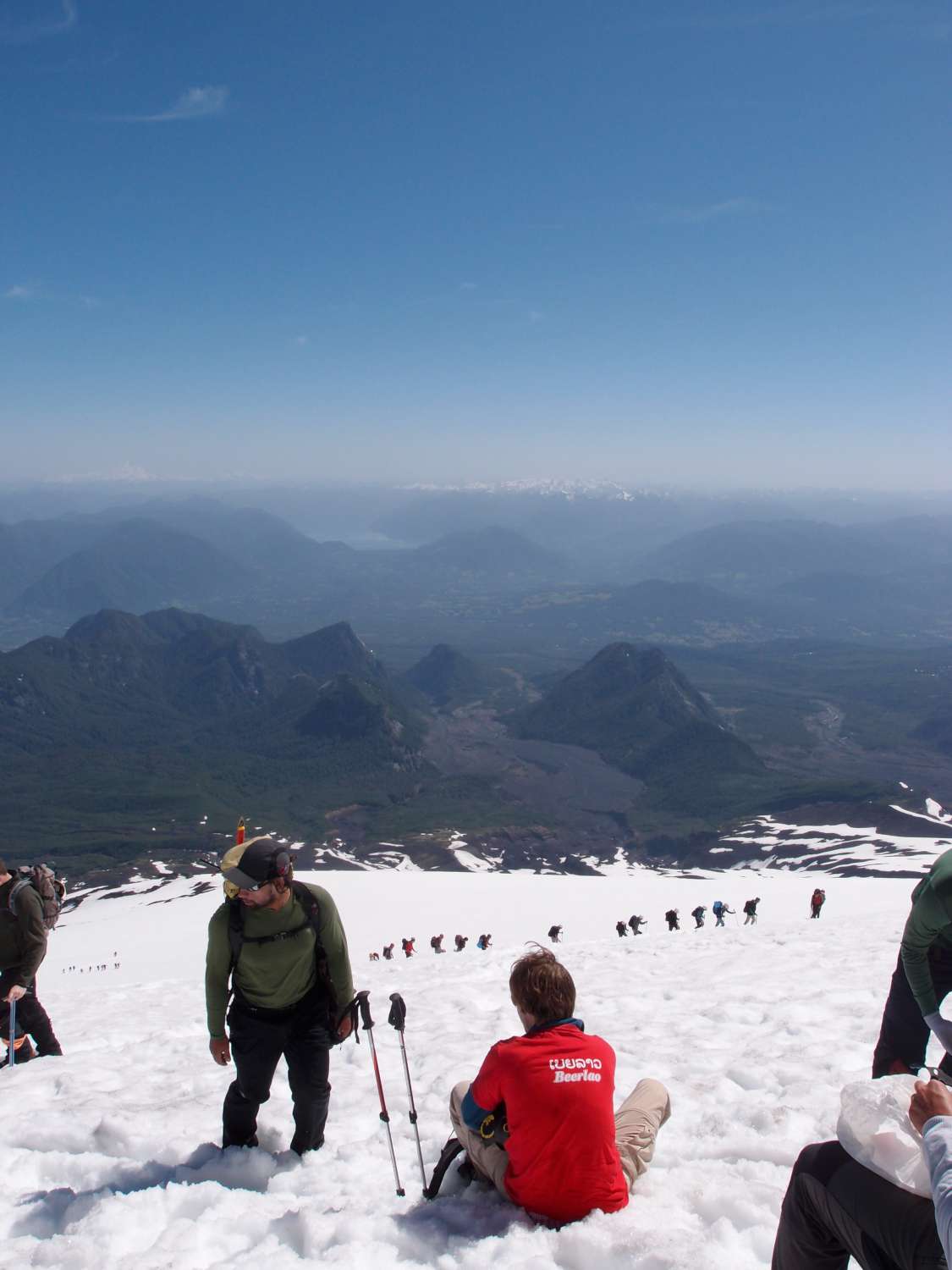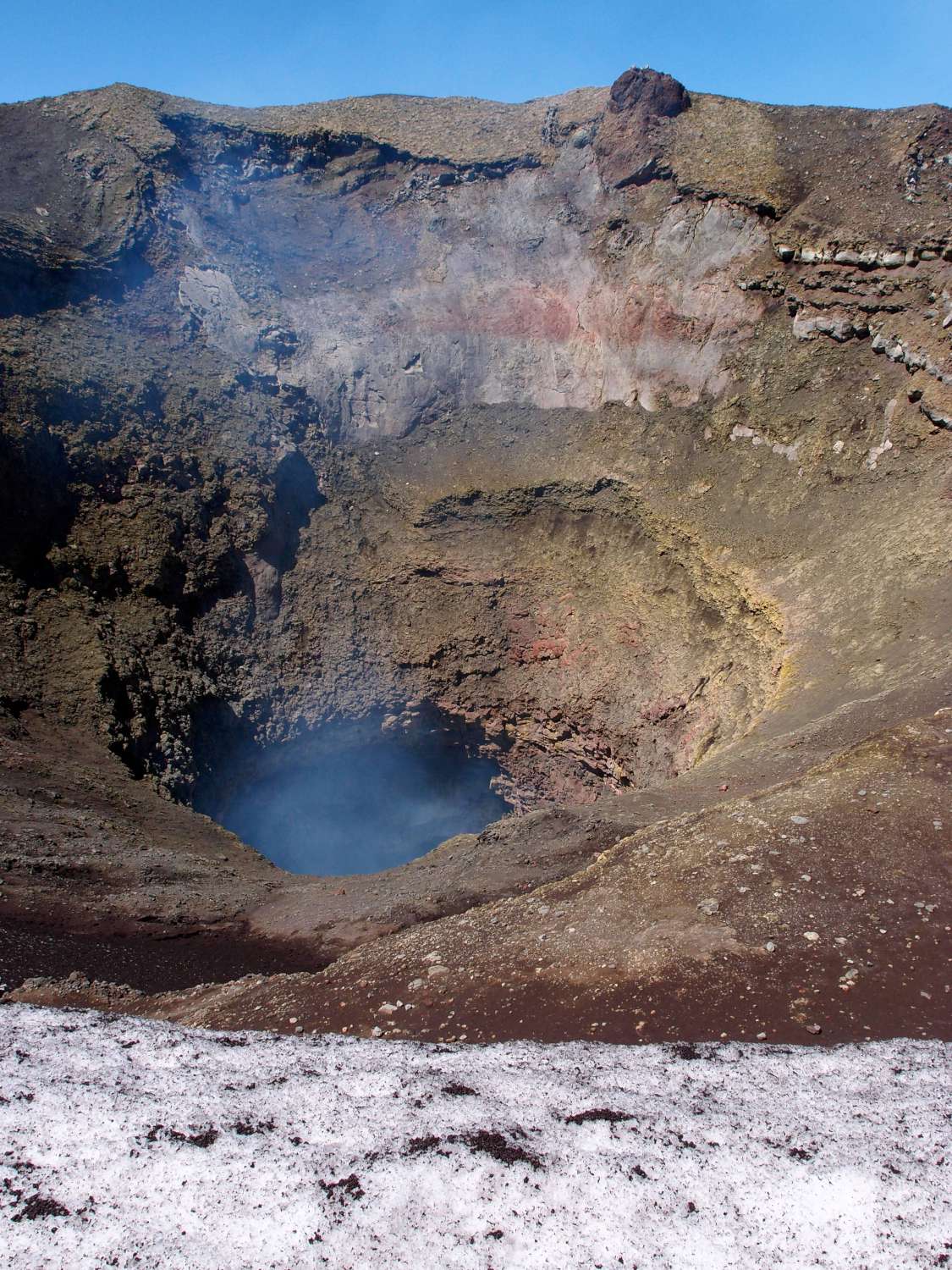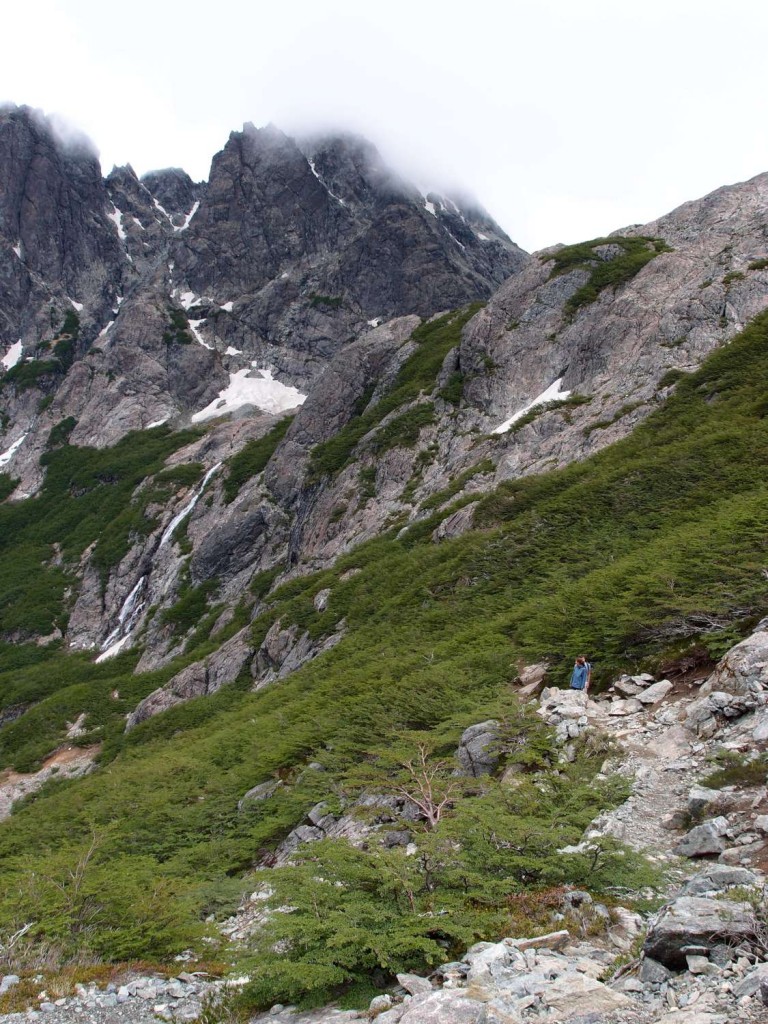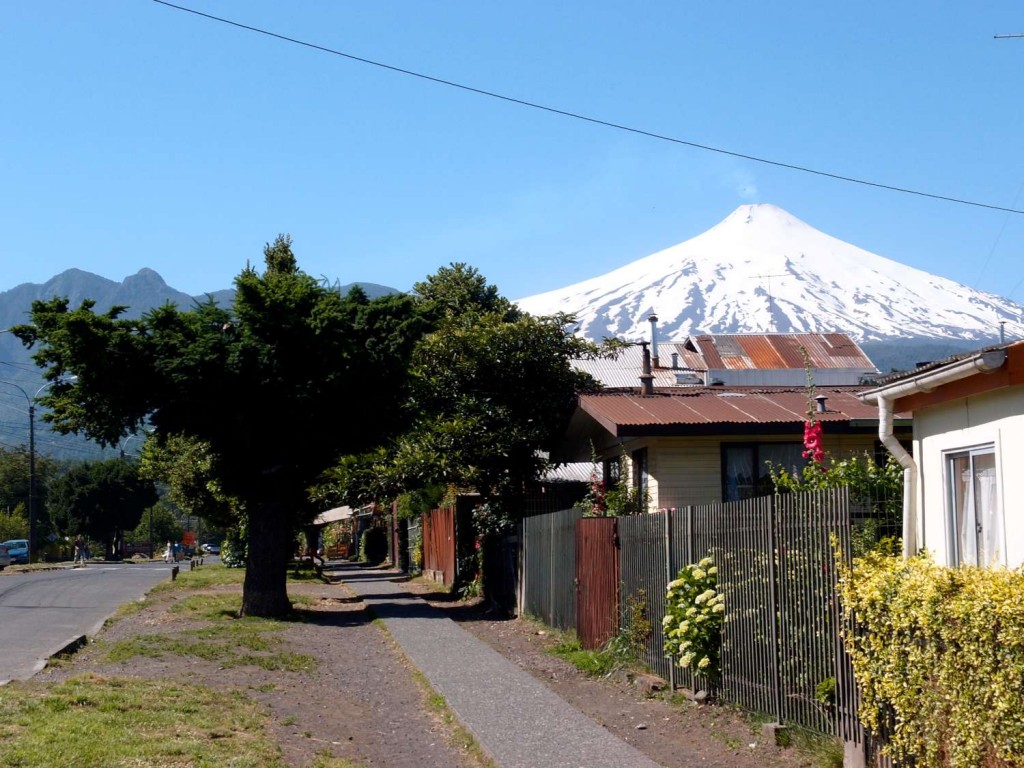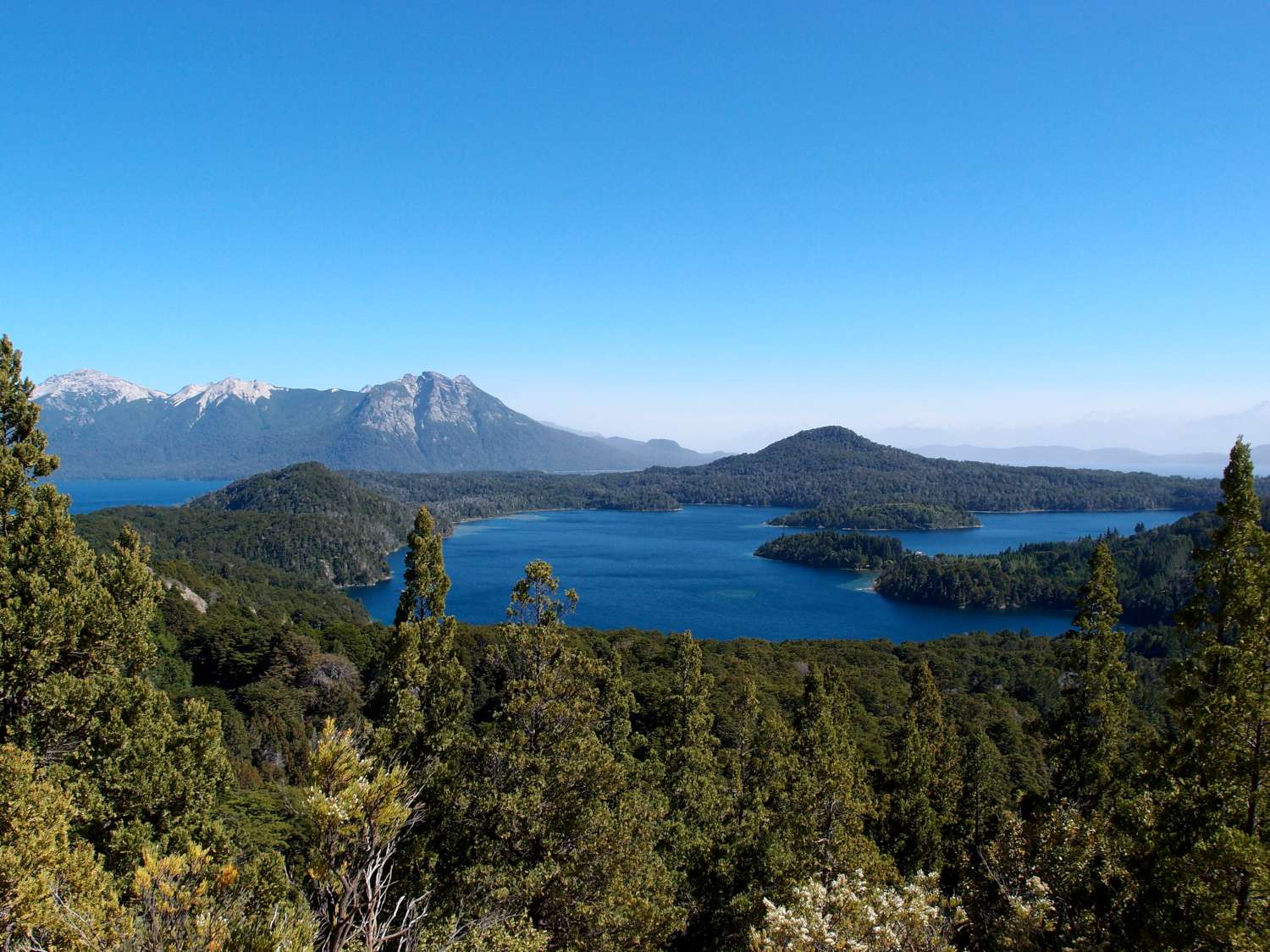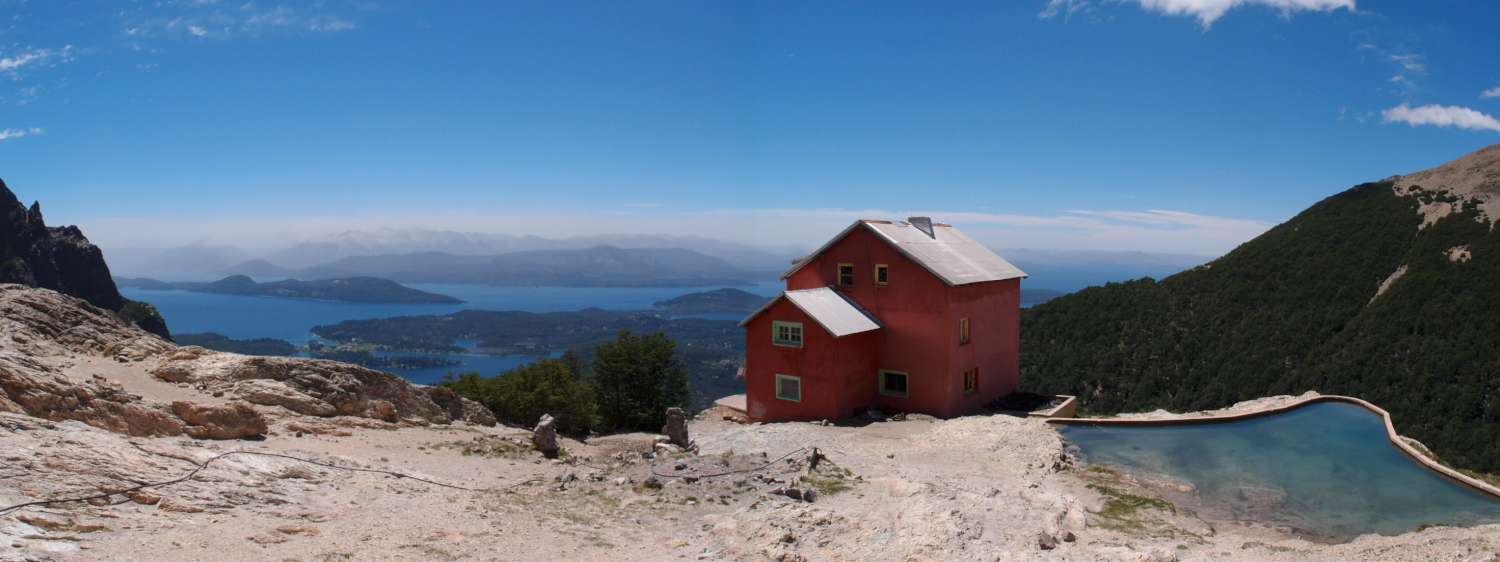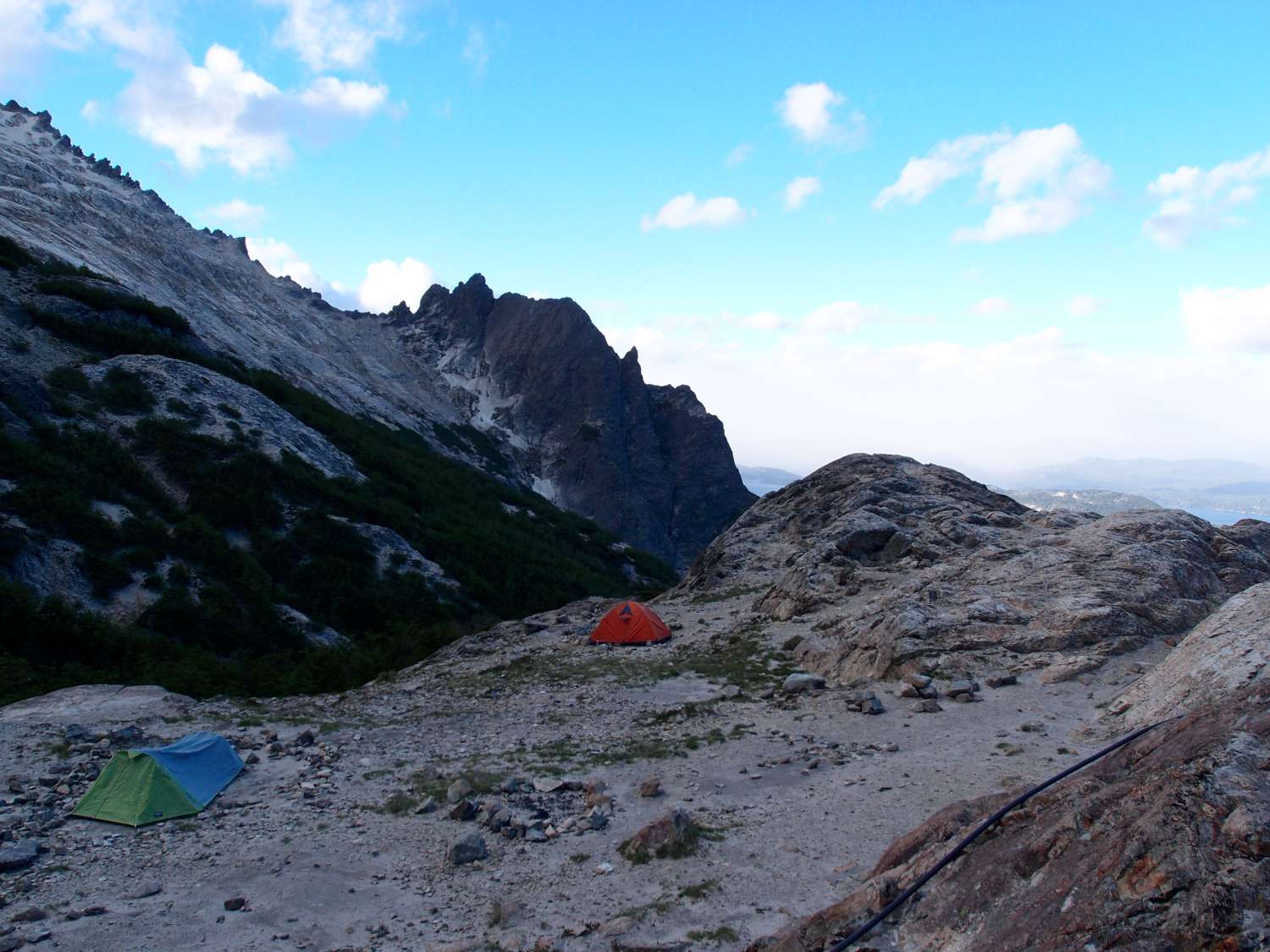Jungle trek to Machu Picchu
Tuesday, February 7th, 2012So we have left Bolivia for Cusco (or Cuzco) in Peru. Cusco is the second largest city in Peru (after Lima) and was the center of the Incan empire until the Spanish conquest. Now it appears to be the center of tourist activity for Peru with the concept of walking the streets without being offered cheap massages, shoe shines, tours and other services an impossible prospect. While this large amount of tourism is the first thing I noticed, the second was the beauty of the place. Like La Paz it is in the mountains and the city is framed by them; well, probably at a lower altitude they would be called rolling hills but either way they lend Cusco a beautiful backdrop. The beauty of the place is extended to the city itself with many a plaza and a generous proportioning of Spanish colonial buildings which would not feel out of place in a European city if it weren’t for the Machu picchu pictures everywhere. Also, even though it is only 300 odd metres lower than La Paz the air feels worlds better and we can enjoy going up stairs without horrendously loosing breathe. It also has Inca ruins within walking distance but before you get too jealous it is important to note the Spanish destroyed a lot of the ruins and also the charge for getting in is steep enough to encourage a fair number of travelers, I would imagine, to try and enjoy the ruins from a distance.
So I guess the majority of tourists in this area have one thing in mind: Machu picchu. Local tour operators have generously appeared (in great numbers) to aid tourists in this endevour. They have concocted a multitude of options for travelers wishing to see the iconic city ruins. There exists: the single day trip, the classic inca trail, mountain treks, jungle treks etc. all leading to Machu picchu. The poor man’s version is the jungle trek and this is the option we decided on as this continent (especially Patagonia) has made us poor men (and Anna). The “Jungle trek” is advertised as being a way of getting to Machu picchu by means of “trekking, white-water rafting, mountain biking and zip lining!!”. While all these activities were offered to us (some at additional charge) only trekking and mountain biking actually contributed in getting us closer to Machu picchu; by which I mean the white-water rafting and zip lining activities don’t aid in the getting to Machu Picchu and it makes not real difference to your progress if you do them or not. One can’t help but feel a little like a victim of false advertising as you are not actually zip lining to Machu Picchu but rather zip lining and then going to Machu Picchu. I assure you, however, that when you are doing the jungle trek none of this particularly matters. I mean, after all, the feeling that a certain activity is getting you closer to Machu picchu is purely a mental perspective.
The first day of the “jungle trek” was down-hill mountain biking, similar to the death road cycle. We started at 4,300 metres altitude and rode our bikes for 3 hours downhill to just over 1,000 metres altitude. The main difference was that the road was mostly sealed and much safer. I think we all enjoyed this section of the “trek”, but got soaked head to toe courtesy of Peru’s wet season. The white-water rafting section of the trip was that afternoon and was both immensely enjoyable and instructive as it showed us all that we could, in fact, become more wet.
The next two days were spent trekking through mountains towards the town at the base of Machu picchu called Aguas Calientes (literally “hot waters” – apparently there are hot springs nearby). The two days trekking of course brought beautiful scenery but nothing too much in the way of interesting stories so there is not much to write about unless you are interested in the emotions felt by everyone and/or the number (and location) of blisters which felt it necessary to appear on our feet. I assume you are about as interested in these things as I am in writing about them so let’s move ahead to Aguas Calientes.
Well there maybe is one thing worth mentioning – one of the places we stopped for a drink had a monkey with which, as you can imagine, we couldn’t resist playing.
When walking towards Aguas Calientes the biggest thought I had in my mind was where in the world would the Peruvians find the space to build a town in this area. The environment was basically extremely steep mountains on either side of a raging river that really would not hesitate in killing any swimmer, with space for a train line and rarely more for a walking path (don’t worry, trains were infrequent and slow).
Though they did manage to find space because after a few more corners we found Aguas Calientes. I think we all agreed that its situation is the best of any town we have seen so far. Personally I think the more impressive aspect of the town is how it manages to not over-charge horrendously. Everything is a little more expensive than in Cusco, but not by so much that you resent anyone. After stuffing ourselves full of well earned pizza and beer we fell asleep both from exhaustion and also to prepare for the 4am rise the following day. The next day was the 4th day, otherwise known as “the day you see Machu picchu”.
The raging river I mentioned before is quite loud and kinda makes it sound like it is constantly raining outside which is why I didn’t notice anything out of the ordinary the next morning as we were preparing for the day. But as luck would have it, rain had set in and wasn’t planning on leaving until late afternoon. After a wet hour and a half of walking of walking up steps we arrived at Machu picchu. The weather was merciful and allowed us line of sight of around 100 metres so we could see most of Machu picchu through the misty haze.
The ruins themselves are very impressive but I think the mountainous location of the Incan town is meant to be the more impressive part of the whole experience and this is precisely the part of it we could not experience. Most of the time you couldn’t make out the neighbouring mountains and when you could it was only small sections. The mist admittedly did add some atmosphere, but when you are wet and cold it is not much consolation. We had a tour of the place and after extremely overpriced coffee and food we decided to head back to Aguas Calientes to sit and wait for the weather to become better. It did, but just as we had to leave.

